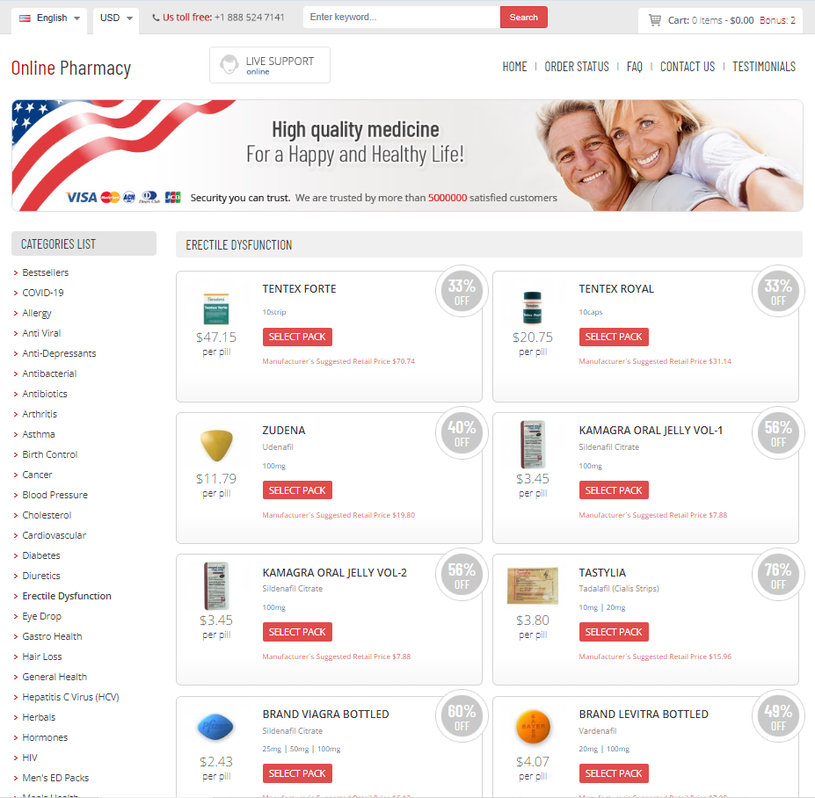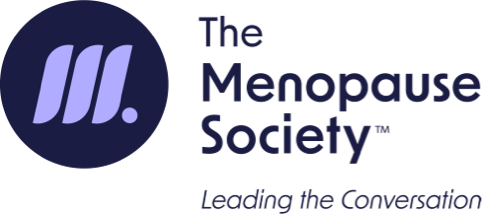To Purchase Minocin Online Visit Our Pharmacy ↓

Potential Risks of Taking Minocin While Pregnant
Ongoing studies are focused on optimizing the dosage and treatment duration to maximize its benefits. Advantages. With its unique mechanism of action and proven efficacy against bacterial infections, Minocin opens doors to a wide range of therapeutic possibilities. The unpredictable nature of rosacea can lead to constant anxiety and frustration as individuals try to manage and control their symptoms. These typically include symptoms such as dizziness, fatigue, headache, and gastrointestinal discomfort like nausea, vomiting, diarrhea, or loss of appetite. For example, the introduction of penicillinase-resistant penicillins, such as methicillin, provided a solution to growing resistance among certain bacteria. Moreover, as an oral antibiotic, it can provide relief for more extensive and severe cases of acne that topical treatments alone may fail to address.
Comparing Minocin to Other Acne Treatments
It's imperative they complete the entire course, even if symptoms improve, and never share medication with others or use leftover prescriptions to treat unrelated conditions. By understanding MRSA infection, we can appreciate the importance of Minocin in fighting this resilient bacteria. Currently, there is no cure for rosacea, and the available treatment options aim to manage its symptoms and prevent flare-ups. Its success in clinical settings has paved the way for its acceptance as a first-line defense, also highlighting the potential for use in more complex dermatological conditions where inflammation plays a key role. Minocin, a potent antibiotic, has been proven to effectively combat MRSA infections. As with any antibiotic, it's crucial to follow a healthcare professional’s guidance to ensure its proper use and to avoid contributing to antibiotic resistance. This multifaceted approach sets it apart from traditional treatments and offers hope for individuals who have struggled to find relief with existing options.
Tips for Maintaining Clear Skin Post-minocin Treatment
Studies have demonstrated that Minocin can inhibit the production of pro-inflammatory molecules, such as cytokines and chemokines. Minocin's ability to penetrate deep into tissues is another vital aspect of its mechanism of action, ensuring that it can effectively reach the site of infection. It is particularly effective against acne caused by bacteria, helping to reduce the presence of pimples and redness associated with this condition. When comparing Minocin to other rosacea treatments, it's essential to consider effectiveness, side effects, and patient satisfaction. In addition to these, patients might experience a change in their sense of taste or may develop a rash or itching. Adequate hydration is crucial when taking antibiotics like Minocin (minocycline). The broad-spectrum activity of Minocin underscores its significance in clinical use, ensuring its place as a critical weapon for healthcare practitioners in managing bacterial infections.
Tips for Managing Rosacea While Taking Minocin
With its unique dual-action mechanism, Minocin has set a new benchmark for the management of rosacea. Minocin should not be used in children under the age of 8 years, as it may cause permanent tooth discoloration. The choice between these two types of antibiotics depends on the specific infection and the resistance patterns of bacteria. When weighing Minocin against other acne treatments, several factors come into play. Minocin's ability to unleash the power of targeted antibacterial therapy provides a promising alternative to traditional antibiotics. Another difference is the versatility of Minocin; it is often effective as a stand-alone treatment, whereas topical treatments might require blending in a comp or multiple products for optimal results. It curtails the biological processes that propagate inflammation and, as a result, decreases the severity of acne symptoms.
Combating Acne with Minocin: Clinical Trial Insights Revealed
Unique in its approach, it targets the various factors that contribute to the condition, offering hope to millions who struggle with this skin affliction. 4) Introducing Minocin: How This Medication Is Revolutionizing Rosacea Treatment. By targeting protein synthesis, Minocin has shown efficacy against various types of common infections, including acne, respiratory tract infections, urinary tract infections, and sexually transmitted infections. However, despite these advancements, the overuse and misuse of traditional antibiotics have led to the rise of antibiotic resistance. By targeting the bacteria responsible for various ailments, Minocin helps to combat and eliminate these infections efficiently. The ability of Minocin to combat inflammatory diseases offers a promising avenue for therapeutic intervention. Traditional antibiotics, beside the risk of antibiotic resistance, may cause gastrointestinal upset and are not always recommended for long-term use.
What Is Minocin and How It Works
Traditional antibiotics have also been modified and combined to maximize their effectiveness. Minocin, a widely used antibiotic, displays a unique mechanism of action that sets it apart from other antibiotics. Minocin, a potent antibiotic, plays a crucial role in combatting Methicillin-resistant Staphylococcus aureus (MRSA). One of the major advantages of Minocin is its targeted antibacterial therapy. acnes, the bacteria most commonly implicated in acne, makes it a valuable component of comprehensive acne management strategies. Furthermore, Minocin exhibits anti-inflammatory properties, mitigating the inflamed acne lesions. For allergies, loratadine might be a safer, non-drowsy option.
Conclusion: Minocin as a Powerful Tool
Its unique mechanism of action, ability to combat bacterial infections, and potential to mitigate inflammatory diseases have opened new doors for innovative treatments. Managing rosacea while taking Minocin involves adopting a comprehensive skincare routine. By targeting and modulating inflammatory pathways involved in these diseases, Minocin may offer new avenues for treatment and management. This potent compound stands out due to its unique chemical properties, which enable it to penetrate bacterial cell walls more efficiently than some other antibiotics. Minocin and traditional antibiotics each have their own sets of advantages and disadvantages when it comes to treating bacterial infections. While traditional antibiotics have been used for decades and are effective against a wide range of bacterial infections, Minocin offers a more targeted approach. Minocin works on the cellular level to target harmful bacterial infections.
How Minocin Affects the Body during Pregnancy
The bacteria can be transmitted through direct contact with an infected person or by touching contaminated surfaces or objects. Risk factors include permanent tooth discoloration, inhibited bone growth, and potential liver toxicity in the mother. Careful consideration of these precautions and contraindications is crucial to ensure safe and effective usage of Minocin. This targeted approach has proven to be highly effective in combating infections and improving patient outcomes. This particular antibiotic works by inhibiting the growth of bacteria, making it effective for various infections. Such properties enable Minocin to effectively fight off pathogenic invaders, particularly Gram-negative bacteria, which often prove challenging for other antibiotics. Furthermore, Minocin has been found to modulate the activity of immune cells involved in the inflammatory response, such as macrophages and neutrophils.
Success Stories: Real Patients Share Their Experiences
Minocin, a powerful antibiotic, has proven beneficial in treating acne due to its ability to target and eliminate bacteria responsible for breakouts. The compound also modulates the host immune response, lowering the level of cytokines and mediators that contribute to inflammation. By infiltrating the body's affected areas, it systematically disrupts the life cycle of Propionibacterium acnes, the bacteria partially responsible for inflamed breakouts. Traditional antibiotics can often cause gastrointestinal distress and disrupt the body's normal flora, leading to issues such as diarrhea and yeast infections. Minocin exerts its bacteriostatic effects by inhibiting the growth and reproduction of bacteria. While it is effective in combating bacteria, users may experience some mild side effects during treatment. Minocin works by interfering with the bacteria's ability to produce proteins essential for their growth and multiplication, effectively halting the infection.
Understanding Minocin: a Detailed Introduction to the Drug
Minocin, a widely used antibiotic, possesses potent effects against bacterial infections. Understanding the science behind Minocin can be fascinating; it not only tackles the surface issues but also delves deeper to resolve underlying bacterial infections. Consistency with medication schedules is essential, but it's also important to manage stress levels, as chronic stress can impact the immune system and potentially hinder the body's response to antibiotics. Common reactions can range from dizziness, fatigue, and mild gastrointestinal issues such as nausea or diarrhea. Many individuals with rosacea experience a decline in their self-esteem and confidence due to the persistent redness and noticeable skin changes. When it comes to Minocin, some users may experience side effects ranging from mild to severe. Its potency against P.

